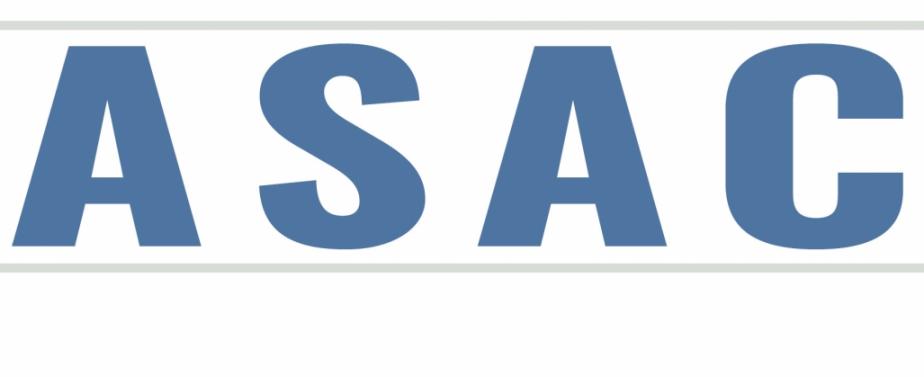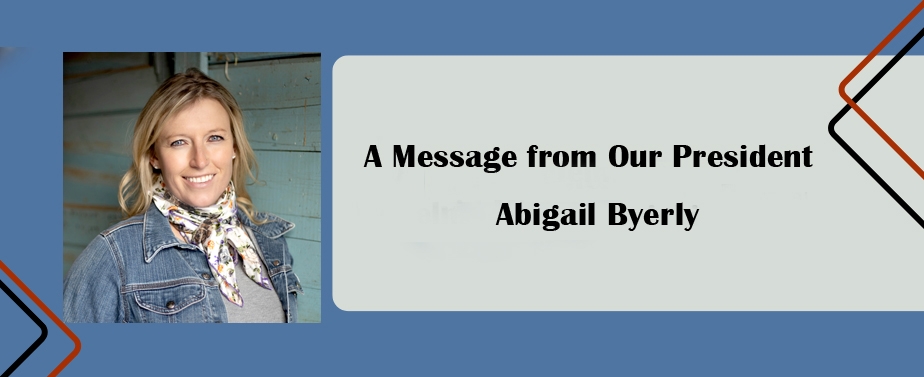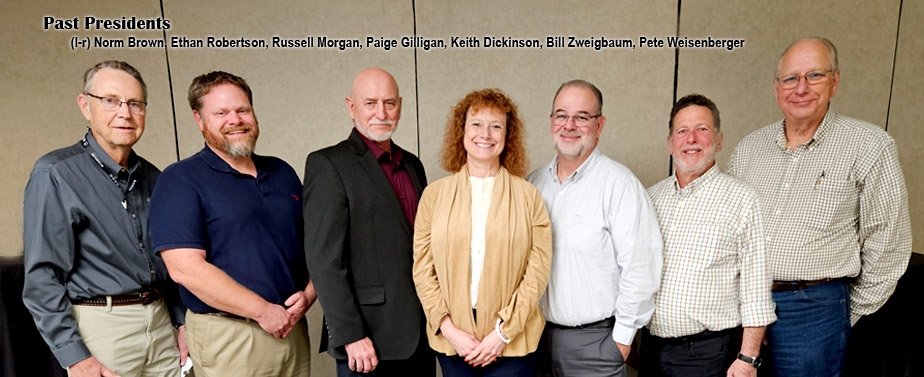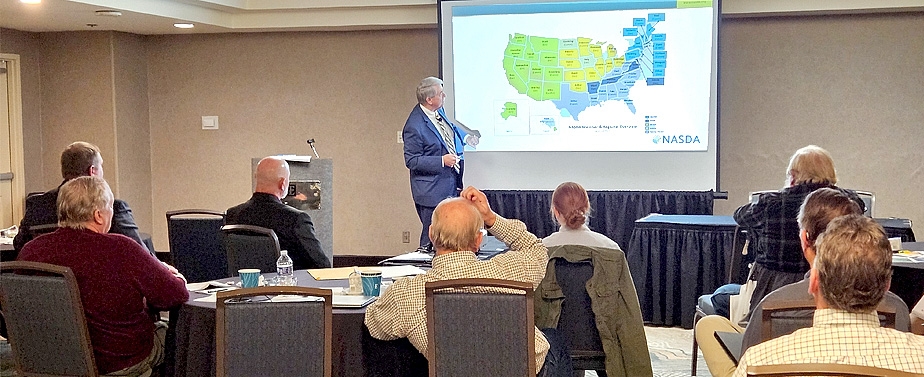Starting Crucial Conversations
08/09/2024
Advisors often find themselves in situations where a client needs to discuss a difficult topic, but refuses to have the conversation or simply doesn’t know how to initiate it. We need to be equipped to provide this assistance.
Crucial Conversations are discussions that need to occur but have been avoided for a variety of reasons. There may be concerns about unpredictability, uncertainty, lack of confidence or fear of the potential consequences.
Here are three basic elements to help clients through a crucial conversation.
Ask Permission
Because many struggle to know what to say and how to say it, the solution is to develop a way to start the conversation effectively with the least chance of a misunderstanding. We resolve this by asking permission to have the conversation. It sounds like, “I need to talk to you about something, but I’m not sure how to start that conversation and I want to be sure that I don’t say something that would hurt your feelings. Would it be okay if I just dive right in and talk about it with you?”
In most circumstances they will tell you to go ahead. If it is a situation where you are still concerned that they may take your comments in the wrong way, ask the same question again. You might even say, “I’m concerned about being tactful and using the best words to communicate this with you, so can I just start in?” This process creates a level of curiosity that makes them want to know what you have to say, and they won’t let you go any further without talking about it.
Use Appropriate Body Language
There is another aspect to these conversations that is very important, and that is the need for us to use the appropriate body language. The brain pays attention to three main areas when it is involved in a conversation—the words, the tonality and the body language of the other person. Communications studies show that the brain spends about 7% of its time on the specific words, 37% of its time on the specific tone of the conversation and the particular words that get the most emphasis in the other person’s sentences, and 56% of its time on body language.
We tend to overlook the fact that the brain is mostly focused on body language during a conversation, and is less focused on the words used. During conversations, we need to have more focus on making sure that our body language is appropriate for what we are trying to communicate. Start with body language that is open, relaxed and welcoming. This includes open hands, smiling, relaxed shoulders and limited hand motions.
As they become comfortable with the discussion, slowly but deliberately switch to body language that is more direct. It helps their brain be more closely focused on what is being said. This type of body language includes leaning ahead, making direct eye contact, squaring our shoulders, and using hand gestures that help them stay focused on the current situation. This could include pointing at a document or directing their attention to items that are being discussed.
Ask Questions
Throughout crucial conversations we are asking a variety of questions rather than making direct statements, or engaging in a forceful description of what we believe needs to be done. They need to come to conclusions on their own, and asking very strategic questions can ensure that they have had an opportunity to create and buy into their preferred strategy—with our guidance toward what needs to be done to address the issue.
Once a strategy is developed, there is also value in asking them if they believe they can do these things, because sometimes they know what to do, but aren’t confident in their ability to do them. If that is the case, then we need to review the situation and our instructions in a more basic, helpful manner to be sure they have enough confidence to take the necessary actions.
Finally, we want to emphasize the overall goal of what they are doing. Explain the what—as well as the why—of what needs to be accomplished in the end.
***********************************
This article is the opinion and perspective of the author and may or may not be consistent with those of other ASAC Members. Mention of specific products, opinions, strategies or companies in this article is in no way an endorsement of them by ASAC. ASAC as an organization does not advocate opinions or positions on issues.
= = = = =
Don Tyler
ASAC Board Member
Tyler & Associates
Advisors often find themselves in situations where a client needs to discuss a difficult topic, but refuses to have the conversation or simply doesn’t know how to initiate it. We need to be equipped to provide this assistance.
Crucial Conversations are discussions that need to occur but have been avoided for a variety of reasons. There may be concerns about unpredictability, uncertainty, lack of confidence or fear of the potential consequences.
Here are three basic elements to help clients through a crucial conversation.
Ask Permission
Because many struggle to know what to say and how to say it, the solution is to develop a way to start the conversation effectively with the least chance of a misunderstanding. We resolve this by asking permission to have the conversation. It sounds like, “I need to talk to you about something, but I’m not sure how to start that conversation and I want to be sure that I don’t say something that would hurt your feelings. Would it be okay if I just dive right in and talk about it with you?”
In most circumstances they will tell you to go ahead. If it is a situation where you are still concerned that they may take your comments in the wrong way, ask the same question again. You might even say, “I’m concerned about being tactful and using the best words to communicate this with you, so can I just start in?” This process creates a level of curiosity that makes them want to know what you have to say, and they won’t let you go any further without talking about it.
Use Appropriate Body Language
There is another aspect to these conversations that is very important, and that is the need for us to use the appropriate body language. The brain pays attention to three main areas when it is involved in a conversation—the words, the tonality and the body language of the other person. Communications studies show that the brain spends about 7% of its time on the specific words, 37% of its time on the specific tone of the conversation and the particular words that get the most emphasis in the other person’s sentences, and 56% of its time on body language.
We tend to overlook the fact that the brain is mostly focused on body language during a conversation, and is less focused on the words used. During conversations, we need to have more focus on making sure that our body language is appropriate for what we are trying to communicate. Start with body language that is open, relaxed and welcoming. This includes open hands, smiling, relaxed shoulders and limited hand motions.
As they become comfortable with the discussion, slowly but deliberately switch to body language that is more direct. It helps their brain be more closely focused on what is being said. This type of body language includes leaning ahead, making direct eye contact, squaring our shoulders, and using hand gestures that help them stay focused on the current situation. This could include pointing at a document or directing their attention to items that are being discussed.
Ask Questions
Throughout crucial conversations we are asking a variety of questions rather than making direct statements, or engaging in a forceful description of what we believe needs to be done. They need to come to conclusions on their own, and asking very strategic questions can ensure that they have had an opportunity to create and buy into their preferred strategy—with our guidance toward what needs to be done to address the issue.
Once a strategy is developed, there is also value in asking them if they believe they can do these things, because sometimes they know what to do, but aren’t confident in their ability to do them. If that is the case, then we need to review the situation and our instructions in a more basic, helpful manner to be sure they have enough confidence to take the necessary actions.
Finally, we want to emphasize the overall goal of what they are doing. Explain the what—as well as the why—of what needs to be accomplished in the end.
***********************************
This article is the opinion and perspective of the author and may or may not be consistent with those of other ASAC Members. Mention of specific products, opinions, strategies or companies in this article is in no way an endorsement of them by ASAC. ASAC as an organization does not advocate opinions or positions on issues.
= = = = =
Don Tyler
ASAC Board Member
Tyler & Associates
Post a new comment







